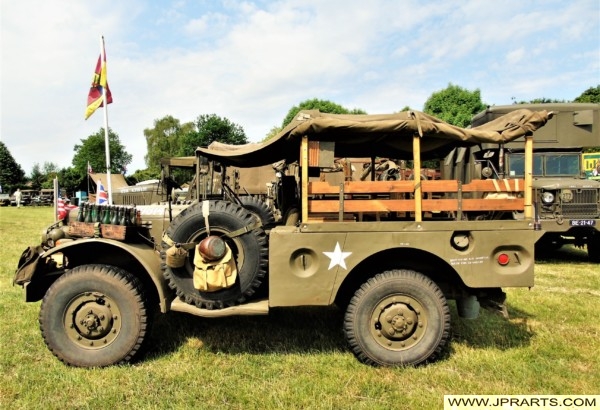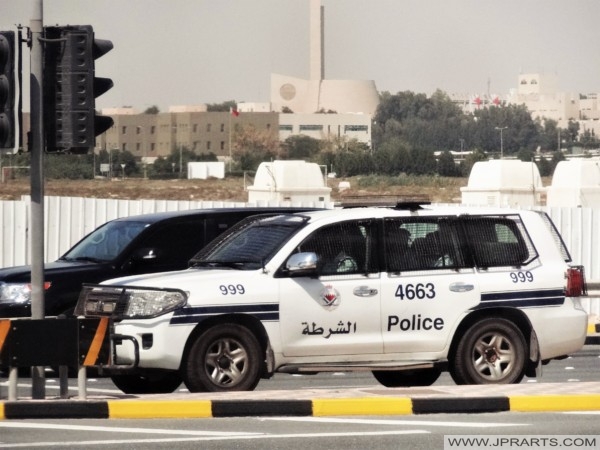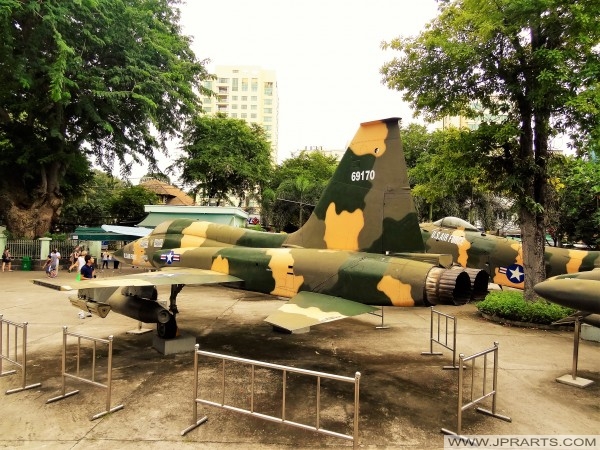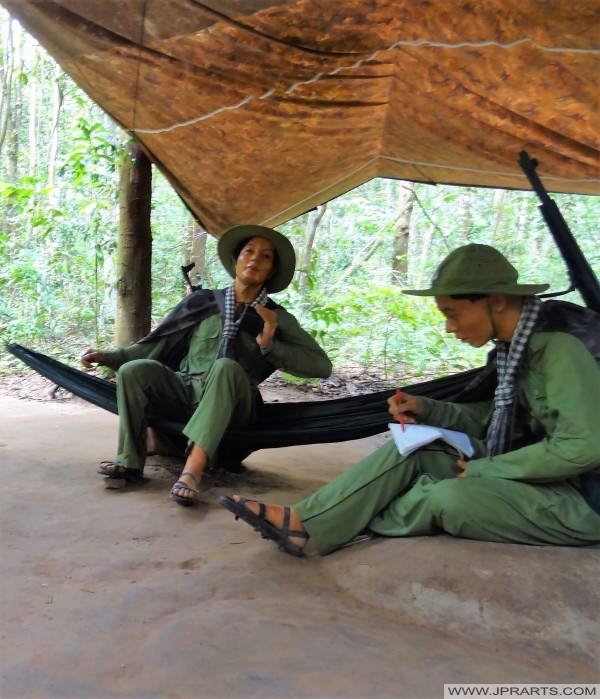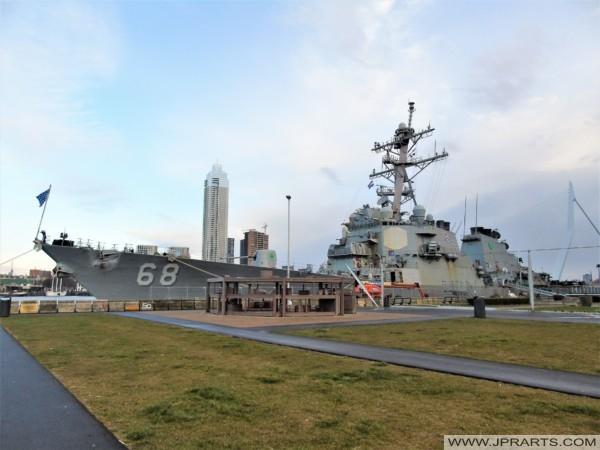A military, also known collectively as armed forces, is a heavily armed, highly organized force primarily intended for warfare. It is typically authorized and maintained by a sovereign state, with its members identifiable by their distinct military uniform. It may consist of one or more military branches such as an army, navy, air force, space force, marines, or coast guard. The main task of the military is usually defined as defence of the state and its interests against external armed threats.
Military
Fuerzas Armadas
A nation’s military may function as a discrete social subculture, with dedicated infrastructure such as military housing, schools, utilities, logistics, hospitals, legal services, food production, finance, and banking services. Beyond warfare, the military may be employed in additional sanctioned and non-sanctioned functions within the state, including internal security threats, population control, the promotion of a political agenda, emergency services and reconstruction, protecting corporate economic interests, social ceremonies and national honour guards.
Streitkräfte
武装力量
The profession of soldiering as part of a military is older than recorded history itself. Some of the most enduring images of classical antiquity portray the power and feats of its military leaders. The Battle of Kadesh in 1274 BC was one of the defining points of Pharaoh Ramses II’s reign, and his monuments commemorate it in bas-relief. A thousand years later, the first emperor of unified China, Qin Shi Huang, was so determined to impress the gods with his military might that he had himself buried with an army of terracotta soldiers. The Romans paid considerable attention to military matters, leaving to posterity many treatises and writings on the subject, as well as many lavishly carved triumphal arches and victory columns.
Вооружённые си́лы
Forces Armées
Military history is often considered to be the history of all conflicts, not just the history of the state militaries. It differs somewhat from the history of war, with military history focusing on the people and institutions of war-making, while the history of war focuses on the evolution of war itself in the face of changing technology, governments, and geography.
Military history has a number of facets. One main facet is to learn from past accomplishments and mistakes, so as to more effectively wage war in the future. Another is to create a sense of military tradition, which is used to create cohesive military forces. Still, another may be to learn to prevent wars more effectively. Human knowledge about the military is largely based on both recorded and oral history of military conflicts (war), their participating armies and navies and, more recently, air forces.
القوات المسلحة
Silahlı kuvvetler
Ethics of warfare have developed since 1945, to create constraints on the military treatment of prisoners and civilians, primarily by the Geneva Conventions; but rarely apply to use of the military forces as internal security troops during times of political conflict that results in popular protests and incitement to popular uprising.
International protocols restrict the use, or have even created international bans on some types of weapons, notably weapons of mass destruction (WMD). International conventions define what constitutes a war crime, and provides for war crimes prosecution. Individual countries also have elaborate codes of military justice, an example being the United States‘ Uniform Code of Military Justice that can lead to court martial for military personnel found guilty of war crimes. Military actions are sometimes argued to be justified by furthering a humanitarian cause, such as disaster relief operations, or in defence of refugees. The term military humanism is used to refer to such actions.
Lực lượng vũ trang
Angkatan bersenjata
Visit the Cheap Webshop for Blu-rays, Books and DVDs


